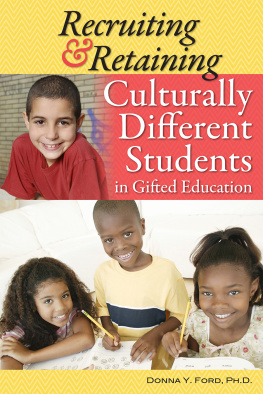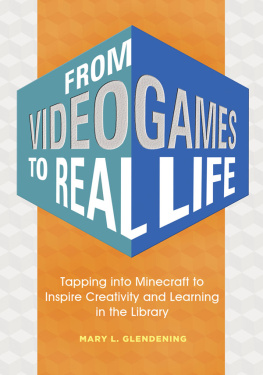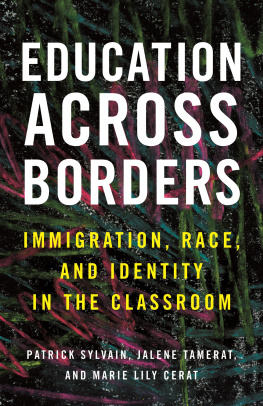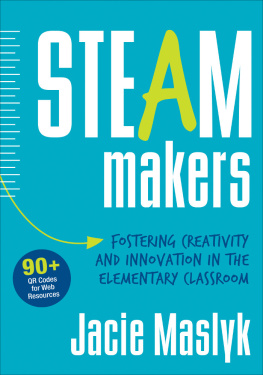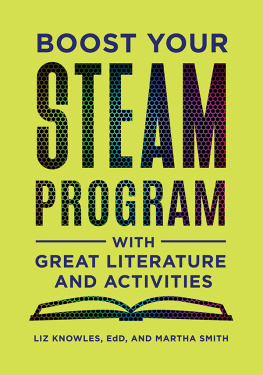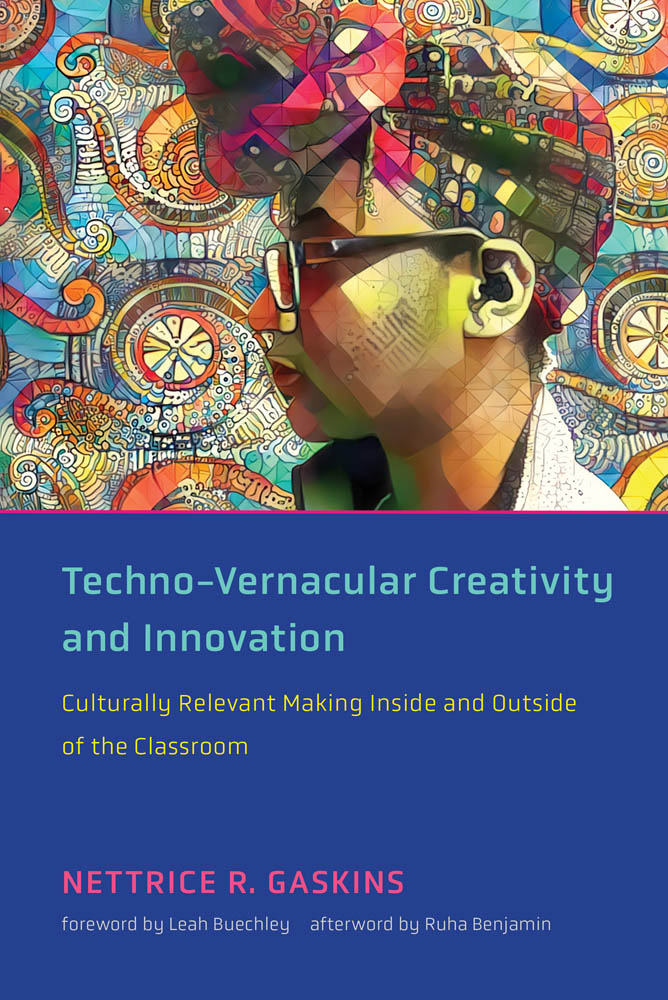Nettrice R. Gaskins - Techno-Vernacular Creativity and Innovation: Culturally Relevant Making Inside and Outside of the Classroom
Here you can read online Nettrice R. Gaskins - Techno-Vernacular Creativity and Innovation: Culturally Relevant Making Inside and Outside of the Classroom full text of the book (entire story) in english for free. Download pdf and epub, get meaning, cover and reviews about this ebook. year: 2021, publisher: MIT Press, genre: Politics. Description of the work, (preface) as well as reviews are available. Best literature library LitArk.com created for fans of good reading and offers a wide selection of genres:
Romance novel
Science fiction
Adventure
Detective
Science
History
Home and family
Prose
Art
Politics
Computer
Non-fiction
Religion
Business
Children
Humor
Choose a favorite category and find really read worthwhile books. Enjoy immersion in the world of imagination, feel the emotions of the characters or learn something new for yourself, make an fascinating discovery.

- Book:Techno-Vernacular Creativity and Innovation: Culturally Relevant Making Inside and Outside of the Classroom
- Author:
- Publisher:MIT Press
- Genre:
- Year:2021
- Rating:5 / 5
- Favourites:Add to favourites
- Your mark:
Techno-Vernacular Creativity and Innovation: Culturally Relevant Making Inside and Outside of the Classroom: summary, description and annotation
We offer to read an annotation, description, summary or preface (depends on what the author of the book "Techno-Vernacular Creativity and Innovation: Culturally Relevant Making Inside and Outside of the Classroom" wrote himself). If you haven't found the necessary information about the book — write in the comments, we will try to find it.
The growing maker movement in education has become an integral part of both STEM and STEAM learning, tapping into the natural DIY inclinations of creative people as well as the educational power of inventing or making things. And yet African American, Latino/a American, and Indigenous people are underrepresented in maker culture and education. In this book, Nettrice Gaskins proposes a novel approach to STEAM learning that engages students from historically marginalized communities in culturally relevant and inclusive maker education. Techno-vernacular creativity (TVC) connects technical literacy, equity, and culture, encompassing creative innovations produced by ethnic groups that are often overlooked.
TVC uses three main modes of activity: reappropriation, remixing, and improvisation. Gaskins looks at each of the three modes in turn, guiding readers from research into practice. Drawing on real-world examples, she shows how TVC creates dynamic learning environments where underrepresented ethnic students feel that they belong. Students who remix computationally, for instance, have larger toolkits of computational skills with which to connect cultural practices to STEAM subjects; reappropriation offers a way to navigate cultural repertoires; improvisation is firmly rooted in cultural and creative practices. Finally, Gaskins explores an equity-oriented approach that makes a distinction between conventional or dominant pedagogical approaches and culturally relevant or responsive making methods and practices. She describes TVC habits of mind and suggests methods of instructions and projects.
Nettrice R. Gaskins: author's other books
Who wrote Techno-Vernacular Creativity and Innovation: Culturally Relevant Making Inside and Outside of the Classroom? Find out the surname, the name of the author of the book and a list of all author's works by series.

